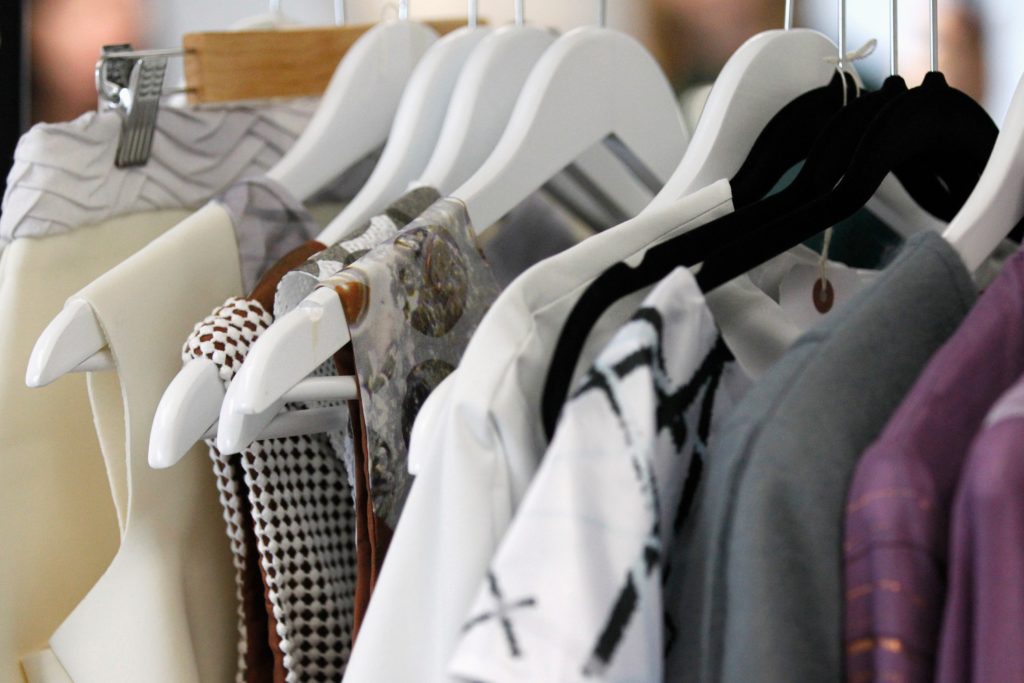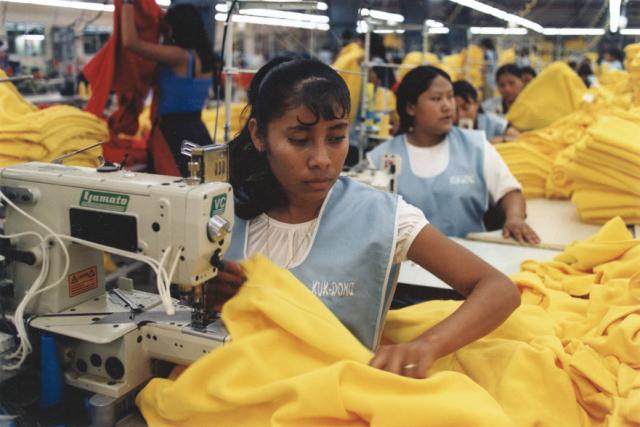
Addressing 21st Century Challenges
We are facing a number of big social, environmental, economic and political challenges in today’s world. Geography is at the heart of many of these challenges and is key to tackling them. It plays a crucial role in understanding our world because it examines the development of human societies – their culture, economy and politics – and how they
interact with the environment.
Geography Really Matters is a competition run by the Hampshire Geographical Association together with the University of Portsmouth that explores how young geographers can help address 21st century challenges. We believe society should pay more attention to young people’s voices.
This year we are focusing on the challenges posed by the Fast Fashion Industry.
We all wear clothes, but do we stop to think about where those clothes come from, who made them for us and under what conditions, and the effects of their production on the environment?
This competition is looking for the best ideas to address the social and/or environmental challenges posed by fast fashion. You can submit your idea in a format that best expresses your idea. That might be an Instagram post, a YouTube video, a picture, a postcard, a video or sound file created on your phone. The competition is open until the 29th November 2019. There is a £500 prize fund. We plan to reward the most thoughtful and considered entry with a £100 Amazon voucher, with additional £50 vouchers available for runners up. .

What is ‘fast fashion’?
The term fast fashion was first used to describe the rapid movement of fashion trends from the catwalk to the High Street store, with clothes manufacturing becoming quick and cheap. This encourages the rapid consumption and disposal of clothes, with many garments only worn a few times before they are thrown away and replaced with the latest new trend. This is very unsustainable. Fast fashion creates social problems because many garments are made in the Global South, usually by low paid, female workers. Fast fashion also creates environmental problems with tonnes of low quality clothing ending up in landfill.

Why are geographers interested in fast fashion?
Fashion is one of the most global commodities. Many people and places are bound together by the threads of the global fashion industry. These threads – or commodity chains – are often fairly invisible to us because we don’t stop to think about where our clothes come from. The commodity chains linking sourcing, production, supply and consumption span multiple geographical scales. Scale and connection are two key geographical concepts that
help us understand the world around us. They are really useful in helping us unravel the real story of the fast fashion industry and its consequences.

How can we address the challenges posed by fast fashion?
Do we think enough about how our clothes travel through fields and factories to our homes? Do we think enough about the many bodies our clothes come into contact with before we wear them? Do we think enough about where our old clothes end up once we get rid of them?
Do you have a good idea about how we can start to address the problems of the fast fashion industry? We would like to hear it!
____________________________________________________________________________________________
Enter the Competition
The competition is now closed for 2019. We are judging the entries and will be contacting participants shortly.
____________________________________________________________________________________________
Fast Fashion resources to get you started
Videos
This video by the Fairtrade Foundation explores how cotton is grown and turned into the clothes we wear. It shows us the problems fast fashion creates for cotton farmers and factory workers, and how Fairtrade schemes can help.
This video by The Economist explores the environmental impacts of fast fashion and how renting clothes and anti-fashion schemes can help.
Articles
Article on the Ethics of Fast Fashion
This article on the ethics of fast fashion explains what fast fashion is, the problems it causes for textile workers and clothes traders in developing countries, and what people in the developed world can do to help.
Series of articles on Fast Fashion
This series of short articles by The Conversation explores the problems caused by fast fashion and a number of ways to address these challenges, everything from repairing your clothes to making material from mushrooms!